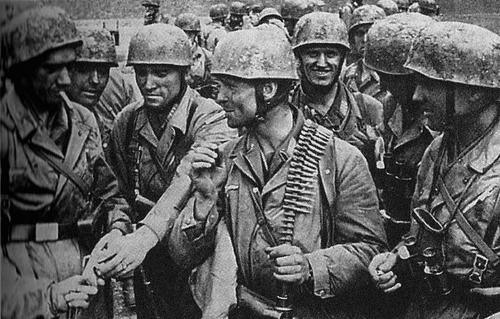On the 10th of May 1940, the German Army began its invasion of Western Europe. To ensure a route through to France, the Germans invaded neutral countries that were in the way. The Netherlands, one of the victims of this aggression, would fall in mere days.
Preparations
The Germans had been preparing for years for this moment. Ever since Adolf Hitler came to power, he had been advancing a strategy of expansion in which Germany would dominate Europe through strength of arms.
France was a traditional enemy and one of the more powerful opponents that Germany would have to face, and so the invasion of the Netherlands grew out of a need to outflank the French. It would act as a diversion to draw away Allied resources while the main German advance surged through Belgium and into France.
The German force tasked with invading the Netherlands consisted of only seven divisions. These included a substantial formation of paratroopers.
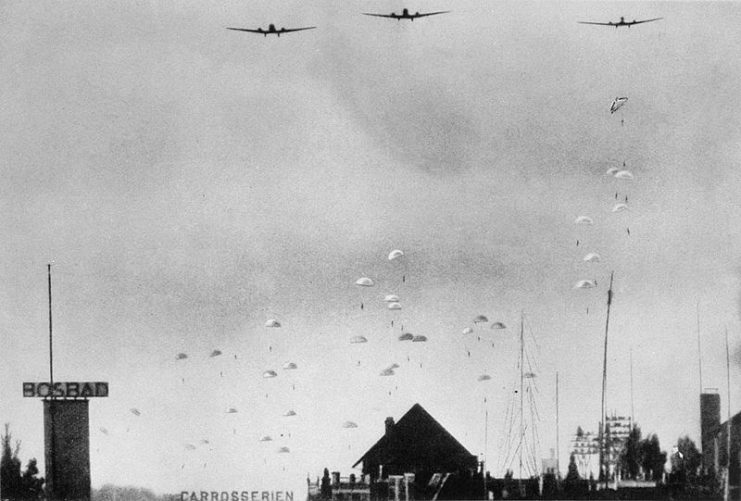
The Dutch had ten divisions and ten smaller formations, so on paper it appeared stronger. But the Dutch army was largely one of conscripts, no match for Germany’s trained and experienced soldiers.
The Dutch tried desperately to avoid war. But when Germany invaded Norway and Denmark in April 1940, it became clear that neutrality was no protection. The Dutch started frantically preparing for war.
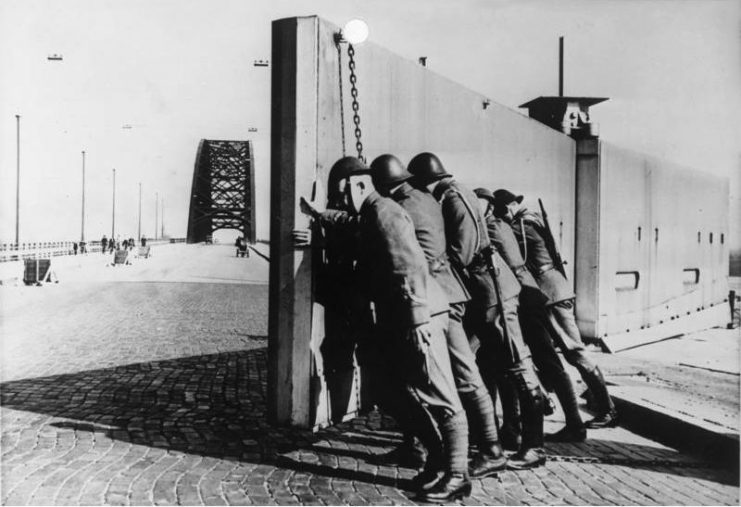
Day 1
Hours before dawn on the 10th of May, the Luftwaffe swept over the Netherlands, bombing the defenses around key targets. Around 4:30 AM, more planes followed, dropping paratroopers.
An attack on The Hague was a failure. Paratroopers tried to capture the city and its airfield but were defeated by the Dutch defenders. This prevented the Germans from landing planes full of troops there.
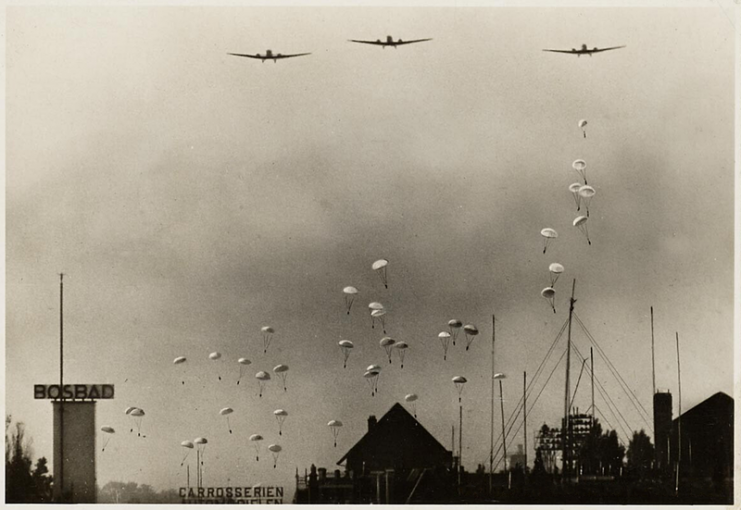
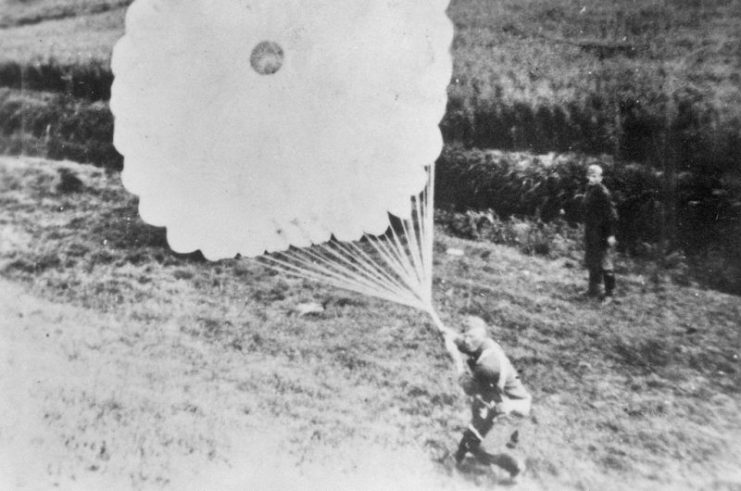
In Rotterdam, the Germans had more luck. They landed seaplanes in the city and established a bridgehead, capturing vital river crossings.
Meanwhile, German armored vehicles and infantry started the main invasion. Attempts to infiltrate across the border and secure bridges ahead of the advance were mostly failures, so the Germans were forced to make difficult cross-river assaults. In many places, preparatory fire didn’t take out Dutch pillboxes, leaving them able to fire on the advancing Germans.
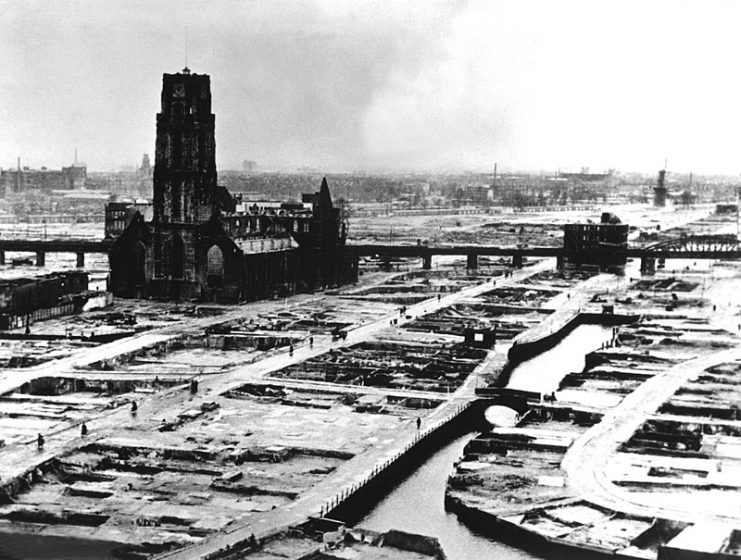
But for all their setbacks, the Germans had better men, better equipment, and a clear plan. They were soon advancing into the country, while Dutch engineers blew up hundreds of bridges ahead of them.
By the end of the day, the Dutch were gathering forces for a counterattack. French troops, having raced across Belgium, were just arriving to help them.
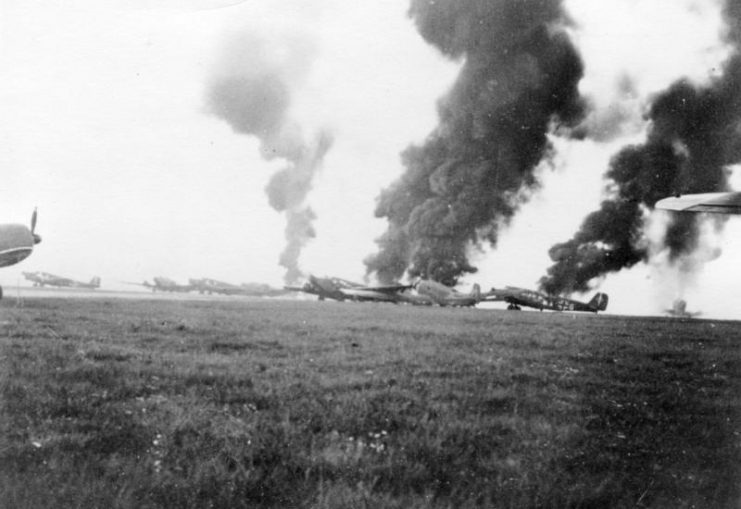
Day 2
The Dutch spent the second day trying to drive the Germans paratroopers out of their bridgeheads and to give the French time to form a defensive line.
To this end, they launched several counterattacks. The main one, planned since the previous day, was stopped by German paratroopers who captured a critical bridge over the River Noord. Meanwhile, battalion strength attacks on the German west flank were dispersed by surprise attacks by the Germans.
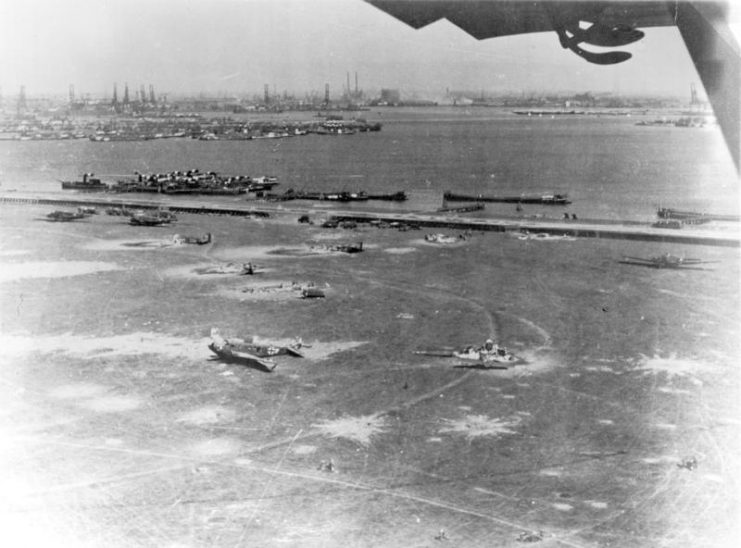
The Dutch had lost much of their air power the previous day, leaving the Germans to dominate the skies. Stuka aircraft rained bombs down in support of the isolated paratrooper formations. Though these had not seen all the success they hoped for, they clung tenaciously to strategically important positions.
Meanwhile, the main invasion of the German Army kept advancing, breaking through the Dutch line in the south.
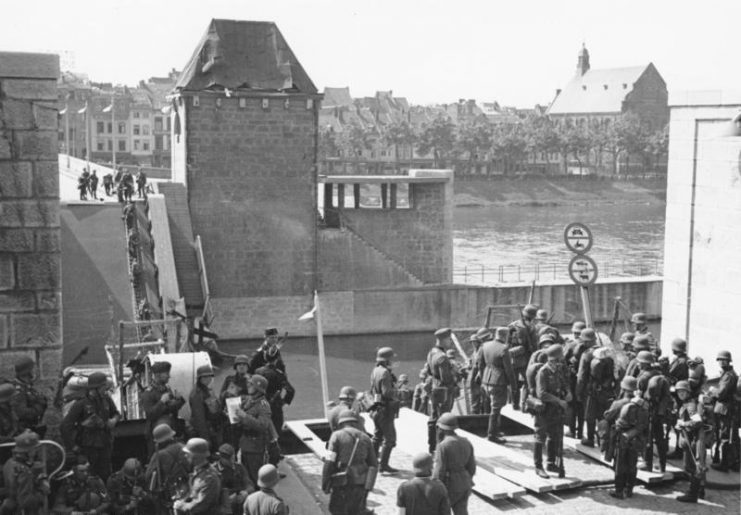
Day 3
The 12th saw a critical advance by the Germans in the south. The French 7th Army withdrew its left flank to avoid being outflanked. A German panzer division exploited the opportunity to drive through the gap and join up with one of the paratrooper bridgeheads. This left the Dutch heartland cut off from Allied forces to the south and west.
In Dordrecht, a Dutch counterattack ran into advancing Germans. The pushback ground to a halt amid messy street fighting.
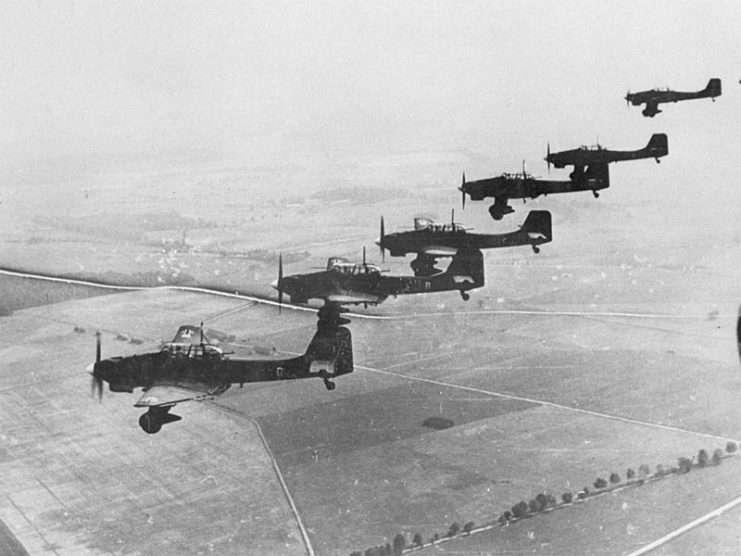
In the east, the Germans launched a fresh assault on a concentrated section of the Grebbe defensive line. They broke through two lines of prepared defenses in swift succession. In panic, many Dutch soldiers abandoned a third line.
Across the country, Dutch lines were collapsing. The government desperately called upon the British for help, but no troops could be brought to bear.
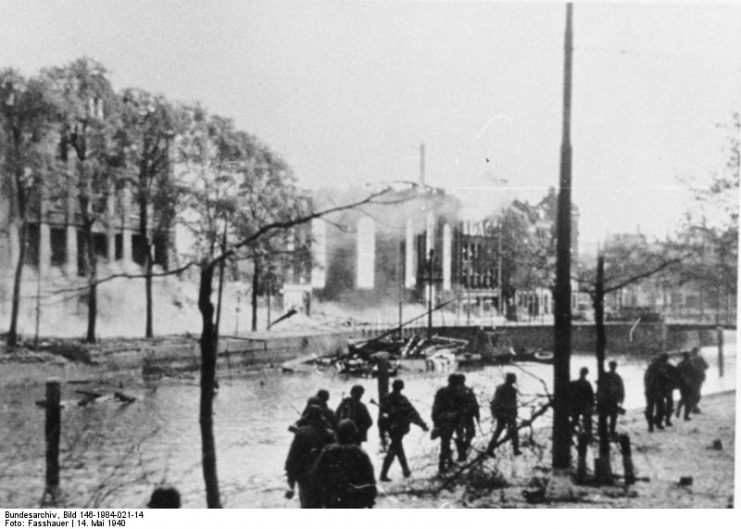
Day 4
By dawn on the 13th, matters were desperate. The remaining Dutch troops held Fortress Holland, their planned fallback position. But they had seen how ill-prepared they were to stop the Germans and morale was in tatters.
With defeat imminent, the royal family and government fled by sea, taken to safety by British ships.
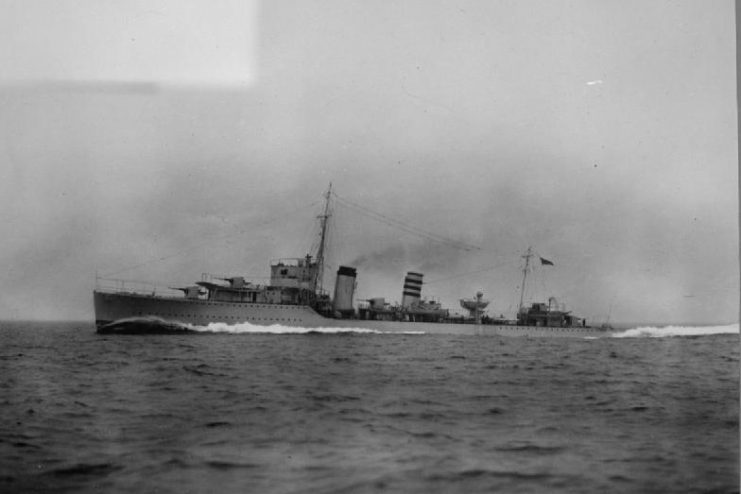
The remaining troops fought to slow the German advance. The Light Division, which had already taken part in two counterattacks, launched a third. But the vanguard mistook German troops for allies, walking straight into their fields of fire, and the attack failed.
In Rotterdam, the Dutch almost retook the Willemsbrug bridge, held by German paratroopers since the first day. But the approach of a German flanking force stopped them at the critical moment, allowing the Germans to keep the bridge intact.
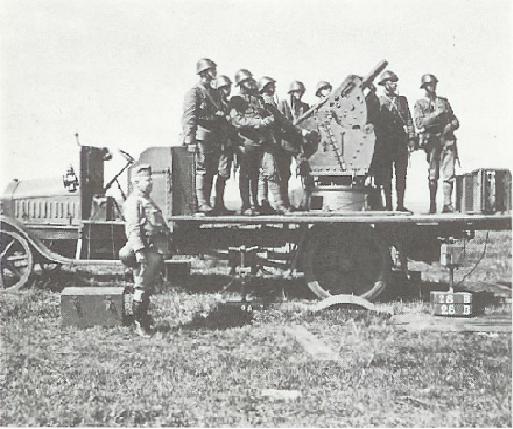
Using powerful preparatory bombardments, the Germans advanced all along the front. Stuka bombers targeted Dutch reserves, shattering their morale. Any hope of plugging gaps in the line evaporated.
Day 5
In Rotterdam, the Germans prepared to cross the River Maas, using the boats and the Willemsbrug bridge. They called on the Luftwaffe for support, but instead of carrying out tactical bombing, the Luftwaffe decided to simply terrorize the heart of the city.
Even as negotiations began for Rotterdam to surrender, the German air forces arrived, smashing the city with bombs. Soon, Rotterdam had capitulated rather than take more punishment.
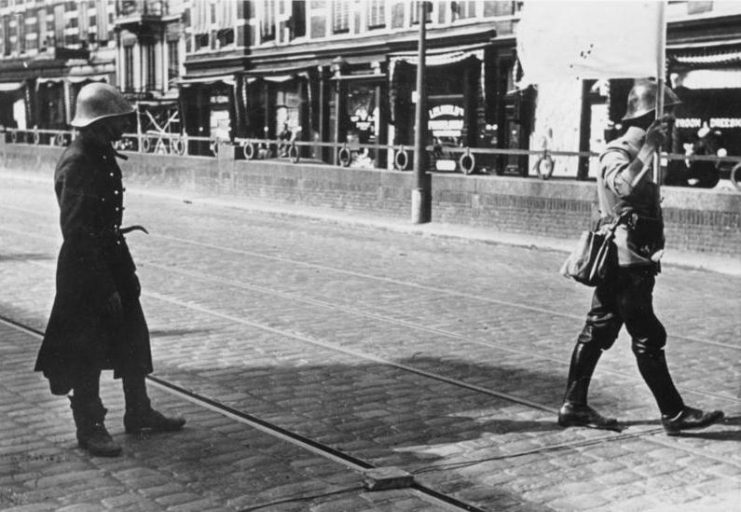
Read another story from us: Victoria Cross Hero: The One Man Tank Destroyer at Arnhem
The Dutch landscape still showed plenty of potential for resistance. But it seemed to General Winkelman, the commander of the Dutch forces, that the Germans would devastate any city that held out. Rather than see his country leveled, he ordered his forces to surrender.
In only five days, the Netherlands had been completely conquered. It was an ill omen for the rest of western Europe.
